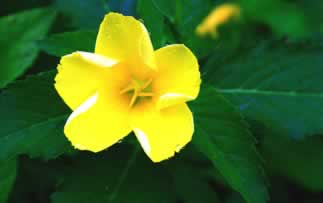Akapulko (Cassia alata) Herbal Medicine
Akapulko Health Benefits, Dosage, Side effects and Warnings.

Scientific Name: Cassia alata
Other names:
bayabas-bayabasan,kapurko, katanda, katandang aso, pakagonkon, sonting (Tag.); andadasi, andadasi-a-dakdakel, andadasi-bugbugtong (Ilk.); adadisi (Ting.); ancharasi (Ig.); andalan (Sul.); bayabasin, bikas-bikas (Bik., Tag., Bis.,); kasitas (Bik., Bis.); sunting, palo china (Bis.); pakayomkom kastila (Pamp.); ringworm bush or shrub (Engl.), Acapulco (Engl)
Akapulko is an erect, shrubby legume with dark green compound leaves. Akapulko leaves have orange rachis that has 16-28 leaflets. Akapulko produces an axis of golden yellow flowers that has 4-winged pods containing 50-60 flattened, triangular seeds. Akapulko flowers are enclosed by yellow-orange bracts that are later shed in time.
No comments:
Post a Comment